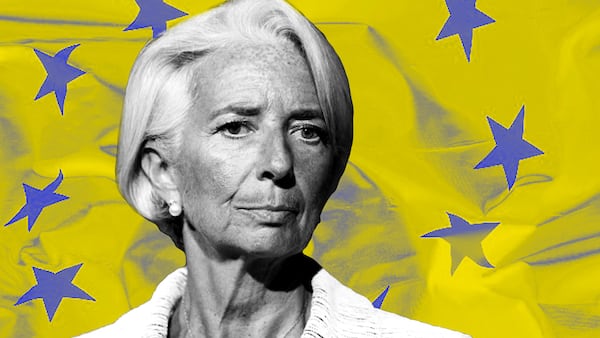- Central banks in Canada and Australia shift focus from retail CBDCs.
- Australia working on wholesale CBDCs, citing modest retail benefits.
- Future reassessments possible as CBDC tech and finance evolve.
Interest in retail central bank digital currencies (CBDCs) is losing momentum, with central banks in Canada and Australia shifting focus toward other priorities.
The Reserve Bank of Australia (RBA) has decided to prioritise work on a wholesale CBDC over retail applications, citing modest benefits in the retail sector.
“The potential benefits of a retail CBDC generally appear modest or uncertain, relative to the challenges it would introduce,” said Brad Jones, Assistant Governor at the RBA.
The Australian central bank is focusing on wholesale applications, which offer enhanced efficiency and reduced operational risks compared to retail versions.
Canada’s central bank also recently confirmed it is stepping back from plans to introduce a digital version of the Canadian dollar, opting to focus instead on policy research related to evolving payment systems.
The Bank of Canada initially explored a retail CBDC in response to digitalisation and changing consumer habits.
However, after several years of research, the central bank has cooled its enthusiasm, stating that a digital Loonie doesn’t currently offer significant advantages.
This signals a growing consensus among central banks that the challenges of retail CBDCs may not be worth the investment at this time.
Central banks may reassess these views in the future as the finance sector and CBDC technology evolve,
For now, they appear content to focus on wholesale solutions that directly impact financial institutions rather than everyday consumers.







